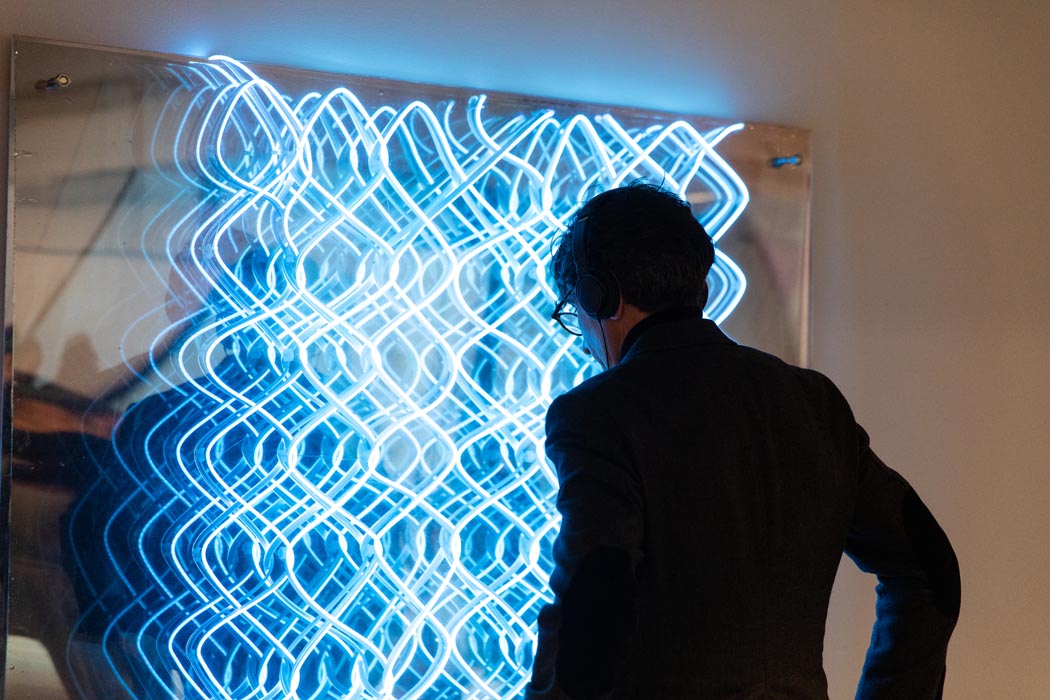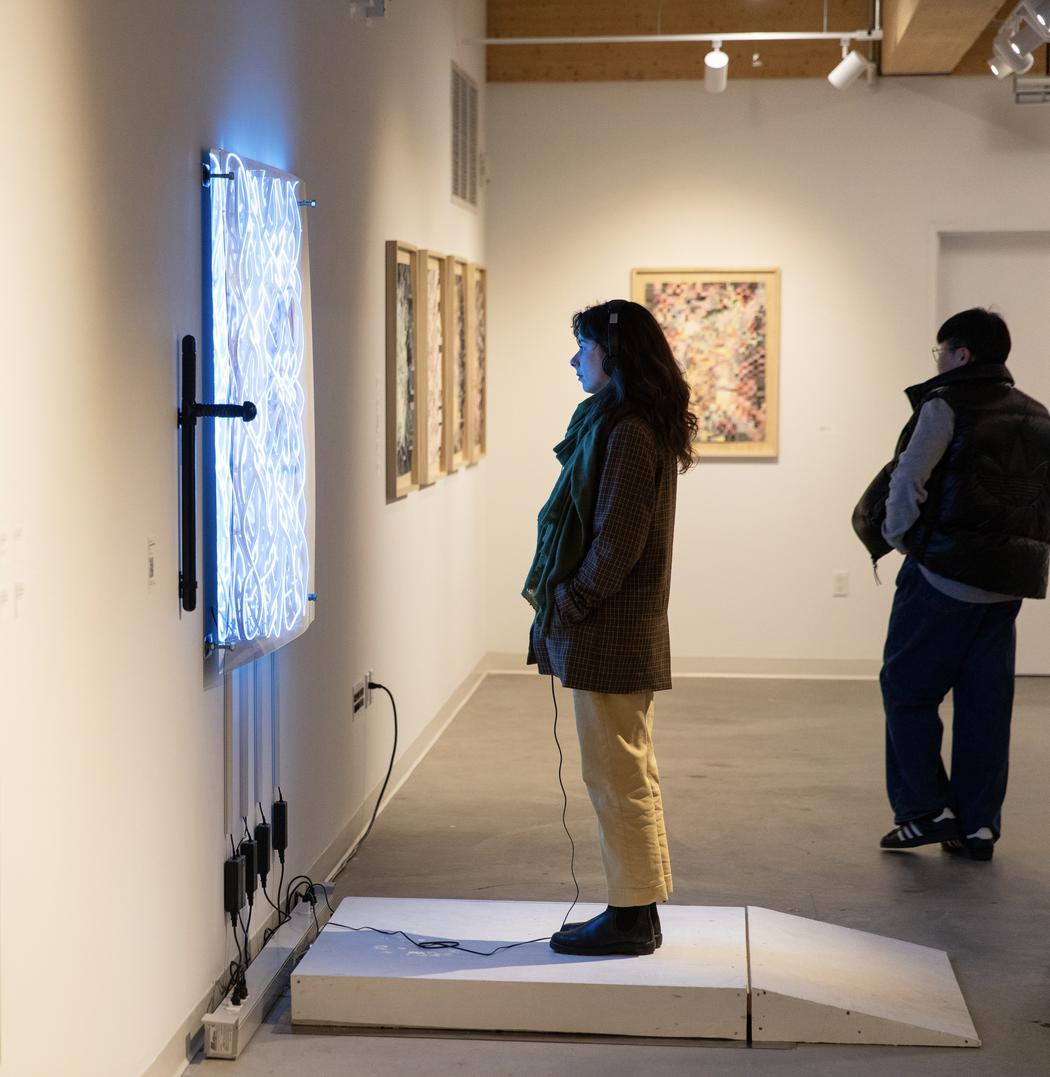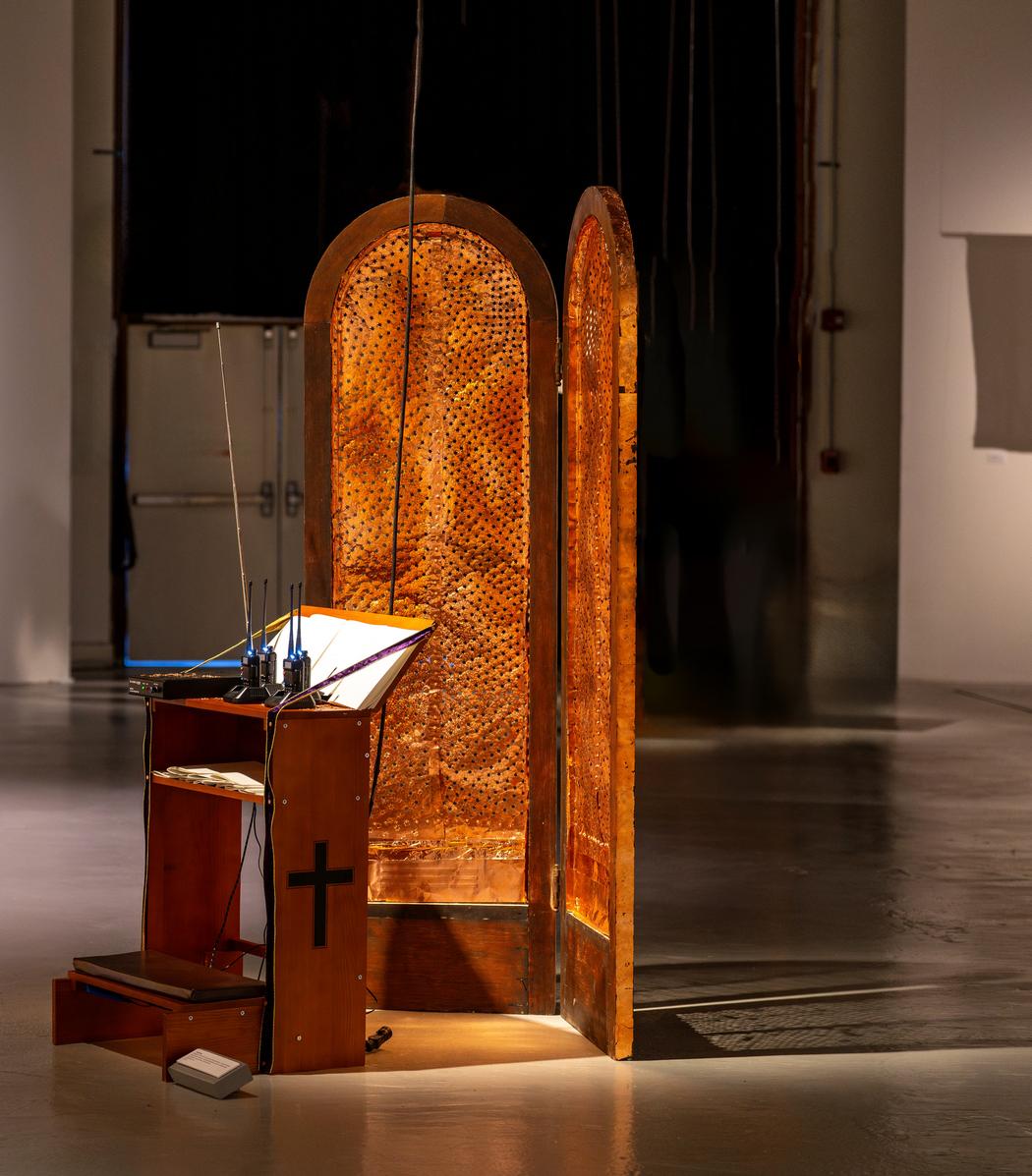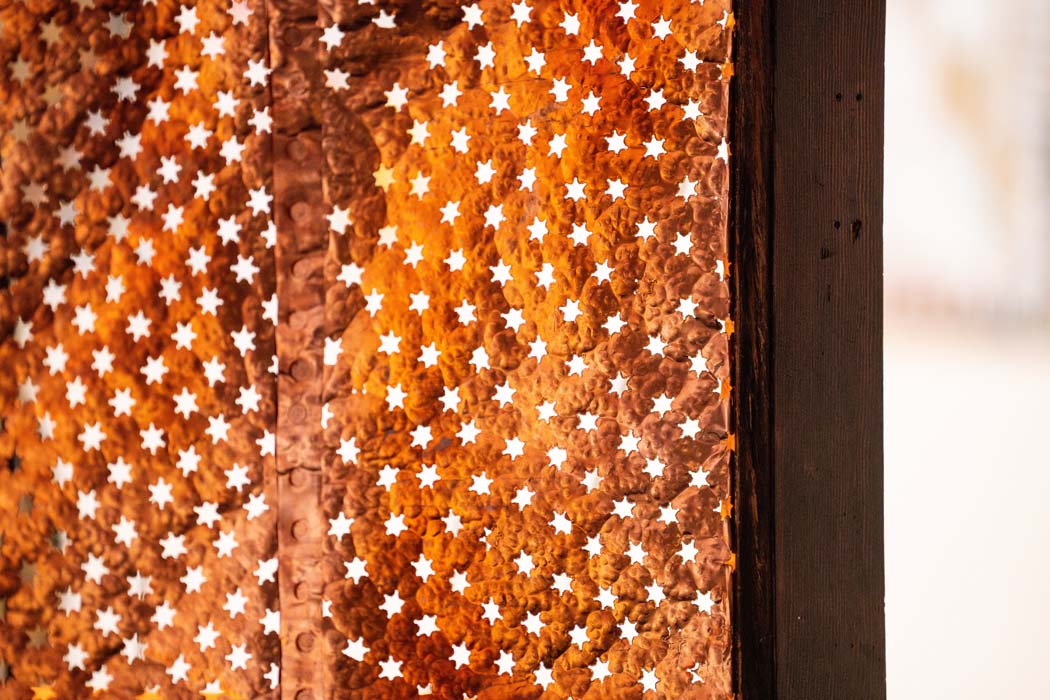Molly Rapp
 Molly Rapp | Intermediate Weapon
Molly Rapp | Intermediate Weapon
Your work delves deeply into how systems of power shape personal and collective identities. What first drew you to this theme, and how has your perspective evolved over time?
It began with reflecting on how the environments we grow up in, like our families, neighborhoods, and institutions, shape our worldview and belief systems.
My earlier work was very personal, almost autobiographical, charged with solipsistic sadness. Over time, it became formulaic, and I felt like a caricature of myself. I realized I had become what I felt had been projected onto me. This realization led me to explore how inherited structures shape our sense of self.
I examine how external forces operate collectively. I explore how policies, policing, religion, and social hierarchies shape identity and behavior at a larger scale. Consequently, my artwork transitioned from merely observing these systems to questioning how art can confront or reframe them.
Many of your pieces engage viewers directly in social and political reflection. How do you approach balancing aesthetic experience with activism?
This work is one phase of a larger social practice trajectory. This phase is research, testing forms of engagement that will eventually move into more community-based or collaborative contexts. I am observing how certain ideas are received within the gallery. The pieces are participatory; viewers can choose to engage or not, but the work still demands a lot from them in terms of reflection and presence. I see aesthetics as a strategy for engagement, it’s what attracts people and facilitates complex conversations. Activism is not a solitary act, it is relational and occurs within a community. I’m interested in finding the right collaborators and contexts where the work can extend beyond the gallery and into the lived spaces of exchange.
 Molly Rapp | Intermediate Weapon
Molly Rapp | Intermediate Weapon
You’ve spoken about using “resonant materials” in your practice. Could you share how you choose materials, and what role they play in conveying your message?
Materials are intentional, they carry histories, associations, and emotional weight. In Dedicating Myself Before God to My Chosen Profession…Law Enforcement (2024), I worked with audio from Baltimore police body cams, transmitted through walkie-talkies placed on a church kneeler. The confessional screen was hand-stamped with sheriff’s badges and made of copper, a material literally in our blood and tied to my family’s history in law enforcement.
In Cilice (2024), I scaled up the spiked penance chain used in Catholic rituals. By enlarging it and mechanizing its movement with a linear actuator, I wanted to shift it from an object of private suffering to a public instrument of reckoning. These material choices carry the emotional and symbolic resonance the work needs, they become part of the storytelling.
 Molly Rapp | Dedicating Myself Before God
Molly Rapp | Dedicating Myself Before God
Some of your works reference generational trauma and systemic abuse. How do you navigate such charged subjects emotionally and creatively?
Research is one way I create distance. I’m very conscious of the responsibility that comes with engaging these subjects, especially when they belong to communities larger than myself. My aim isn’t to represent or speak for anyone’s trauma, but to examine the systems that create and perpetuate harm.
In the studio, I focus on translation rather than reenactment, turning systems, structures, and histories into material or sonic forms. But I don’t imagine that the healing happens in my studio or through my authorship alone. Healing and understanding happen in conversation, in collaboration, and in the spaces where people bring their own experiences into dialogue with the work.
I try to create work that opens a door rather than claims a narrative, something that invites reflection without imposing a single story or exploiting anyone’s pain.
As both an artist and an educator, how does teaching influence your studio practice—and vice versa?
Teaching keeps me inspired. It also holds me accountable and reminds me that ideas have to be communicated, not just felt. In the classroom, I’m constantly thinking about accessibility and how to create conditions that allow students to take risks. That’s very similar to what I want in my studio practice: to make space for discomfort, curiosity, and transformation. My students often bring perspectives that shift my own, so there’s a real feedback loop between teaching and making.
 Molly Rapp | Dedicating Myself Before God
Molly Rapp | Dedicating Myself Before God
How do you define success in art that aims to challenge perceptions and provoke dialogue?
For me, success isn’t about resolution—it’s about friction. If a work creates space for dialogue, if it lingers in someone’s mind, or if it complicates their assumptions, that feels like success. I don’t know if art can change systems on its own, but it can change how we see them, and that shift in perception is a powerful start.
 Molly Rapp | Cilice
Molly Rapp | Cilice
If a viewer leaves your exhibition feeling uncomfortable or transformed, what do you hope they carry with them afterward?
Discomfort can be productive when it leads to reflection or empathy. I want viewers to recognize that power isn’t abstract, it’s personal, embodied, and continuous. If the work stays with them long enough to spark a conversation or a question later, then it’s done its job.

Leave a Reply